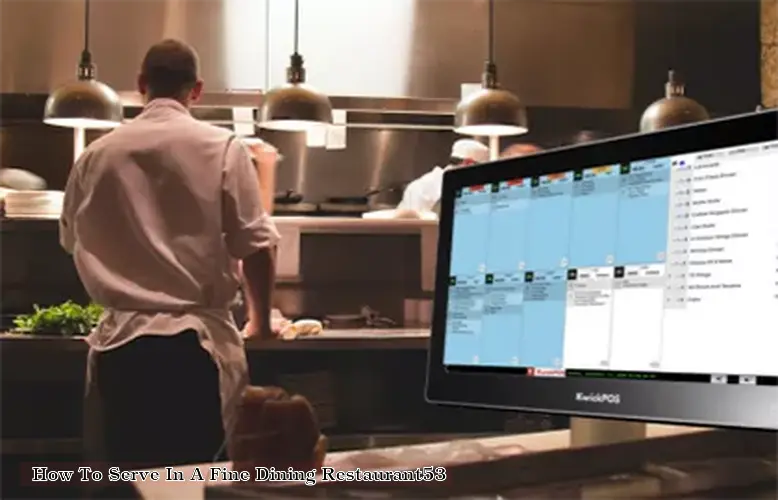

1. Knowledge is power: Familiarize yourself with the restaurant's menu, wine list, and daily specials. Being well-versed in the offerings allows you to answer guests' questions confidently and make informed recommendations. Additionally, stay up-to-date on food trends, culinary techniques, and pairing suggestions to enhance your service skills.
2. First impressions matter: Greet guests warmly upon their arrival, make eye contact, and use proper body language. Offer to take their coats and lead them to their table, presenting the menu and allowing them time to settle in.
3. Active listening: Pay close attention to guests' preferences, dietary restrictions, and special requests. Use this information to tailor your service and ensure a personalized dining experience.
4. Presentation and etiquette: Fine dining requires a certain level of formality. Ensure your attire is neat and professional, and use appropriate table settings and cutlery. Maintain good posture and use proper English when addressing guests.
5. Timing is everything: Balance attentiveness with discretion. Anticipate guests' needs without being intrusive. Adjust the pacing of service according to the number of courses and the guests' preferences.
6. Wine pairing and beverage service: Develop a strong understanding of wine regions, varietals, and pairing principles. Offer wine suggestions based on guests' menu selections and preferences. Properly open, serve, and store wine, and maintain an awareness of guests' consumption throughout the meal.
7. Upselling and suggestive selling: Offer guests add-ons, such as appetizers, side dishes, and desserts, without being pushy. Highlight the unique aspects of these dishes and make recommendations based on guests' preferences.
8. Handling complaints: Address guest complaints with empathy, understanding, and a solution-oriented mindset. Listen attentively, apologize sincerely, and take swift action to rectify the situation.
9. Building rapport: Engage in genuine conversation with guests, remembering that the goal is to create a warm and welcoming atmosphere. Make guests feel valued and appreciated, fostering a connection that encourages repeat business and positive word-of-mouth.
10. Continuous improvement: Regularly seek feedback from guests and colleagues, and remain open to constructive criticism. Attend workshops and training sessions to further develop your skills and stay current on industry trends.
By understanding and implementing these key points, you can significantly enhance the fine dining experience for your guests and become a valuable asset to your establishment.
DISCLAIMER: This information is provided for general informational purposes only, and publication does not constitute an endorsement. Kwick365 does not warrant the accuracy or completeness of any information, text, graphics, links, or other items contained within this content. Kwick365 does not guarantee you will achieve any specific results if you follow any advice herein. It may be advisable for you to consult with a professional such as a lawyer, accountant, or business advisor for advice specific to your situation.
today
Copyright © 2025 Kwick365.com
Designed by KwickPOS is the best restaurant POS